The Ultimate Design Sprint Guide: Workshops, Processes, Steps
Are you preparing for your first design sprint and feeling overwhelmed by all the information out there? Don't worry, we've got you covered with these frequently asked questions about how to set workshop expectations, create a summary report, line up experts, facilitate with confidence, choose the right room and materials, and explain the design sprint process to your team.
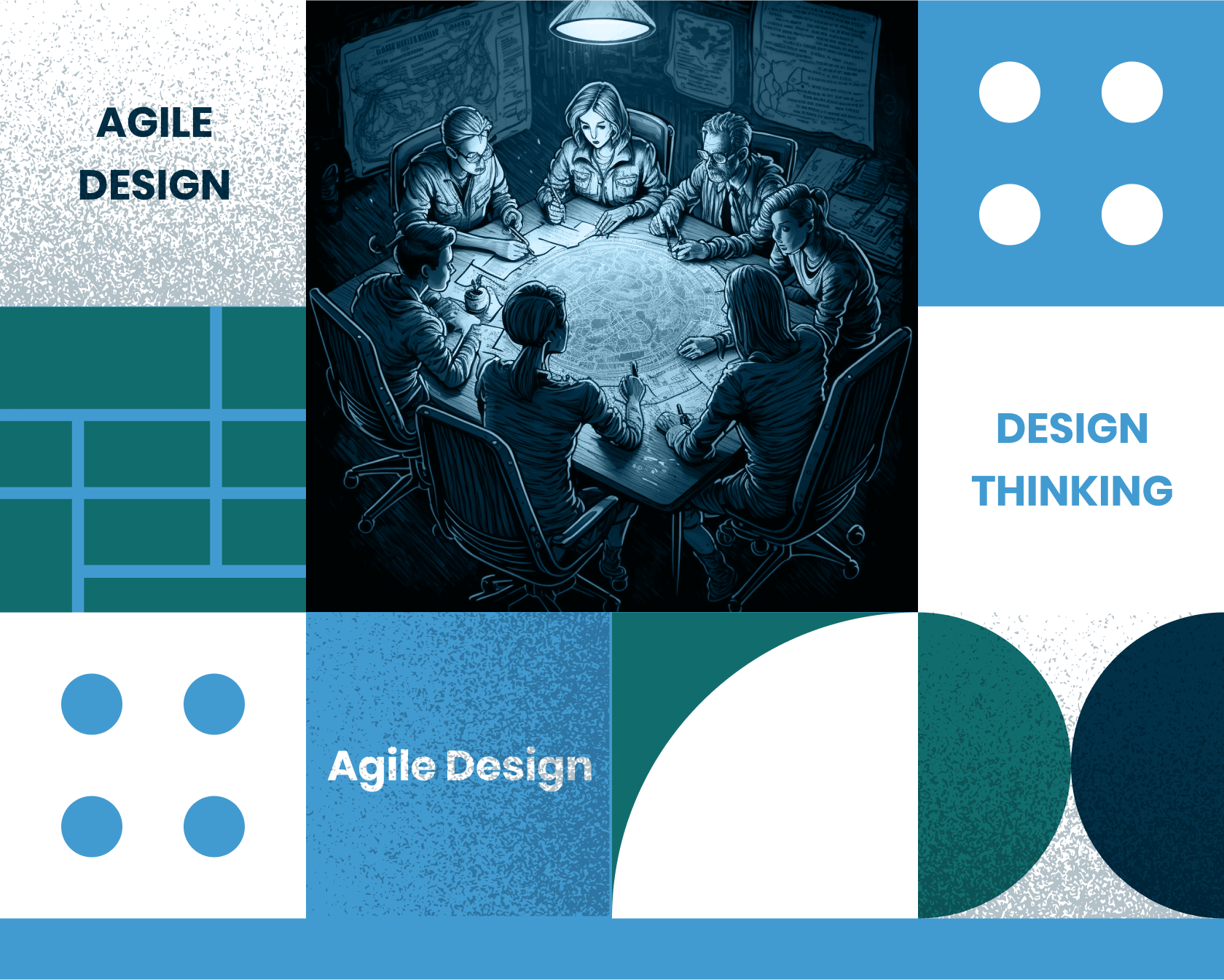
Set Workshop Expectations
Design sprints fundamentally change the way teams work together, and it's important to set expectations for this new way of working. Acknowledge that the design sprint process can be a rollercoaster, and not all teams may be a good fit for it. If you're not sure if a design sprint is right for your team, consider taking the Design Sprint Master Classes online program to learn everything you need to know to run a successful sprint.
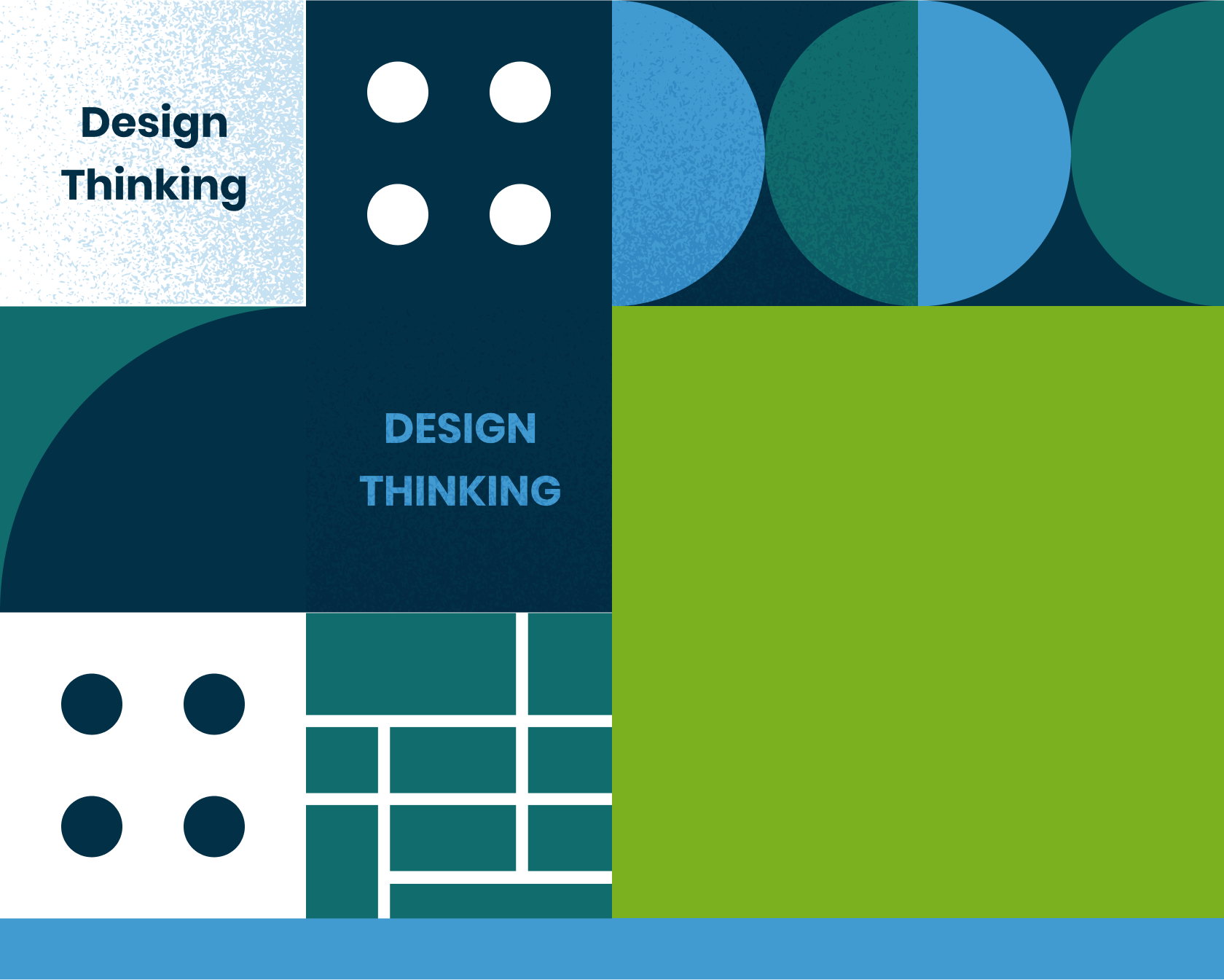
Summary Report
After a successful design sprint, it's important to summarize the results and determine next steps using the insights gathered during the sprint. The Summary Report should answer sprint questions and long-term goals, and provide detailed recommendations for future steps. Make sure to include everyone on the sprint in the report.
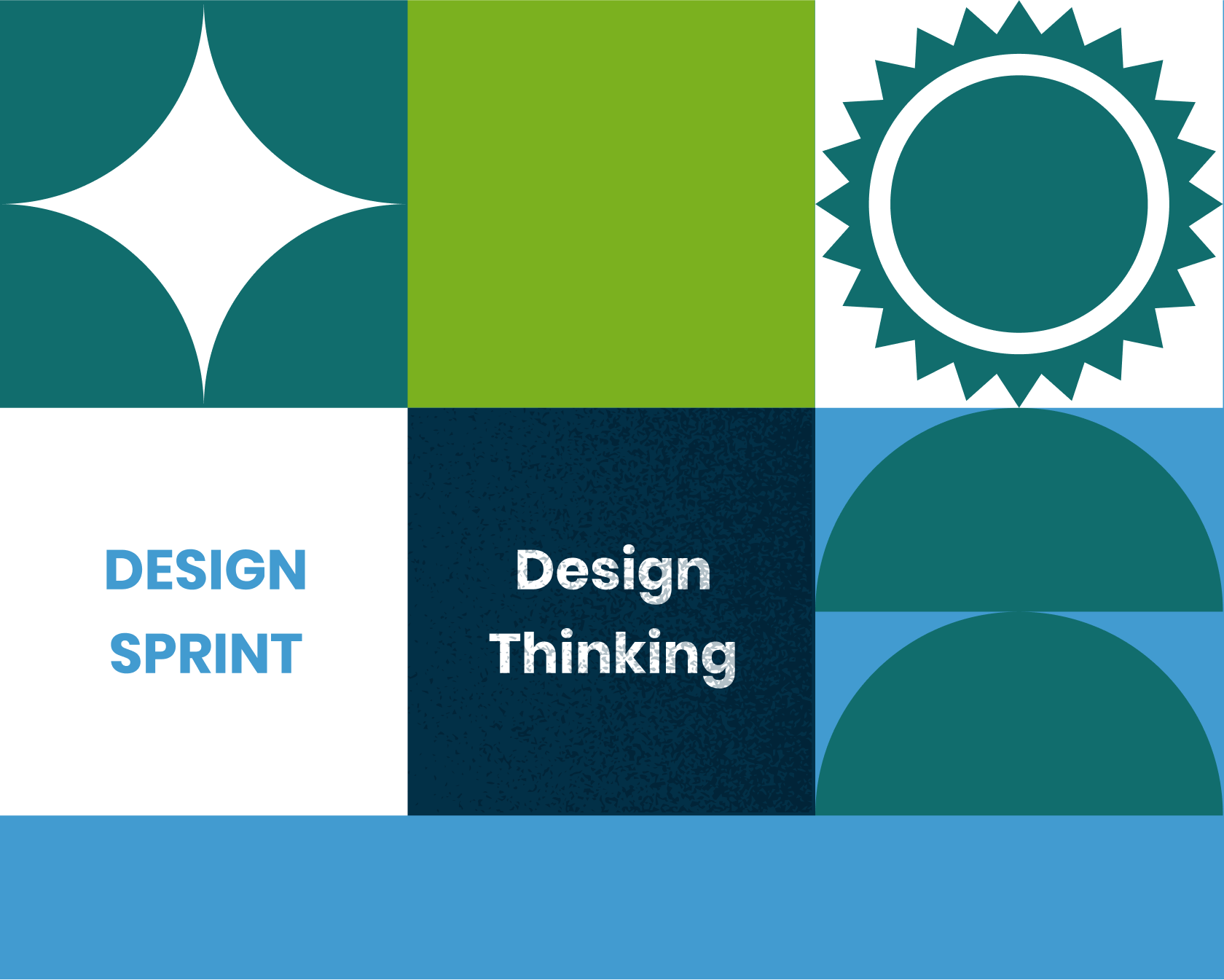
Line Up Experts
Ensure that your experts are prepared for the first day of the sprint by contacting them and providing information about the location. Make arrangements for a backup expert in case of any unexpected issues.
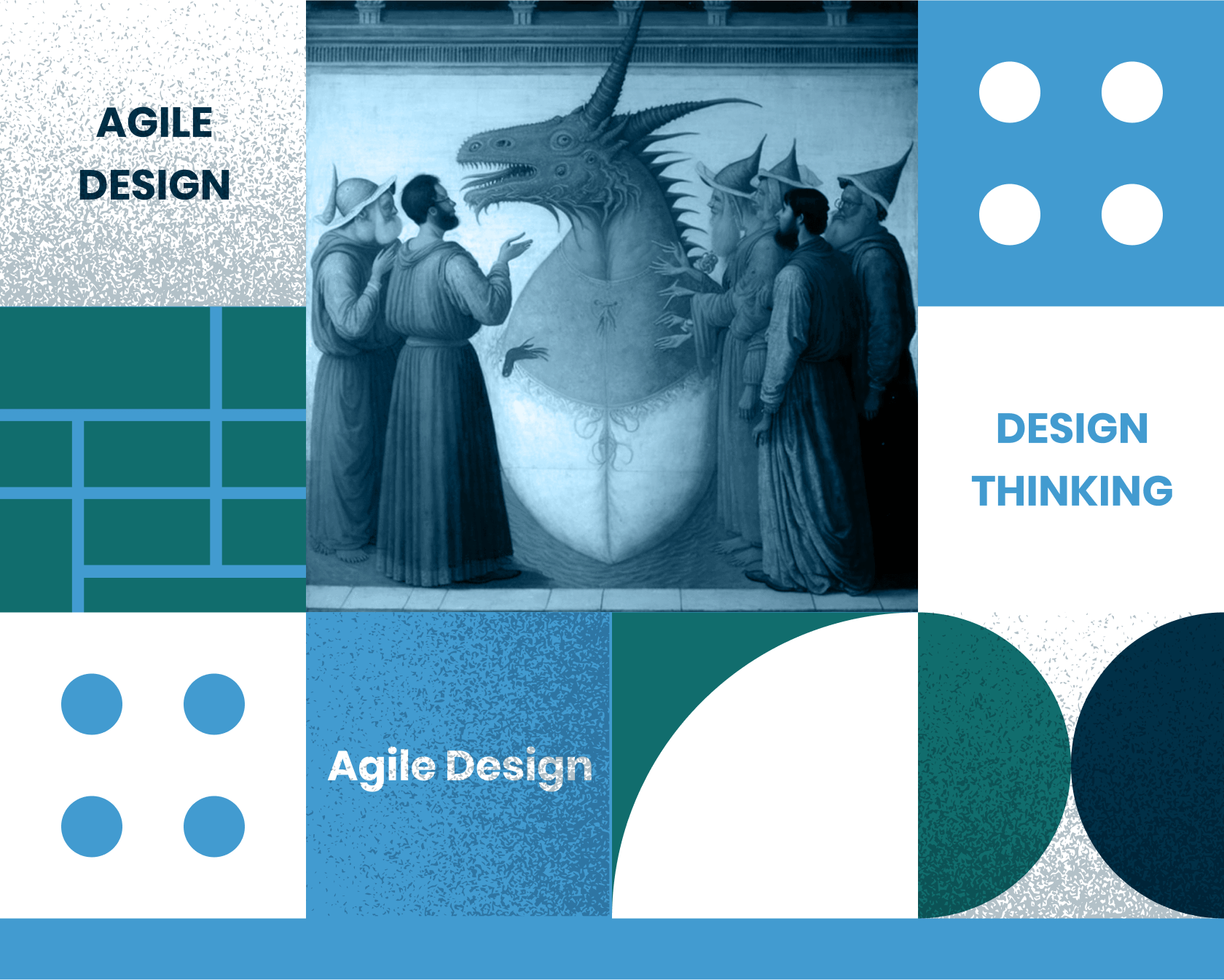
Facilitator's Mindset & Building Confidence
To facilitate a successful design sprint, it's important to have a positive mindset and be mentally prepared for the intense four-day process. Complete the Design Sprint Master Classes online program to gain the confidence and knowledge you need to run a successful sprint.
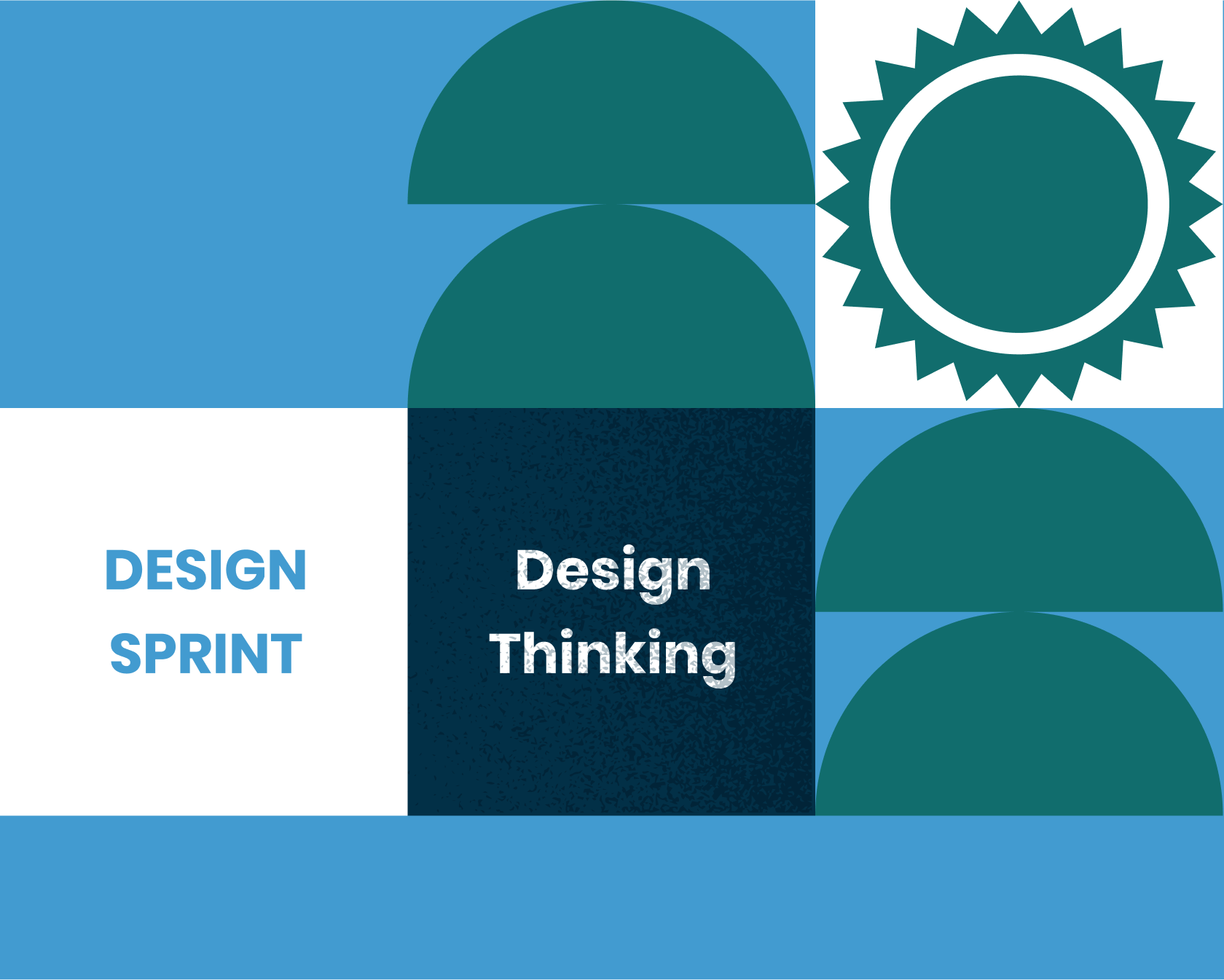
The Room and Materials for the Design Sprint
The environment for a design sprint should be controlled and free from distractions. Choose a quiet office area or go off-site to a location with minimal traffic and interruptions. The room should be free of artwork or other distractions on the walls.
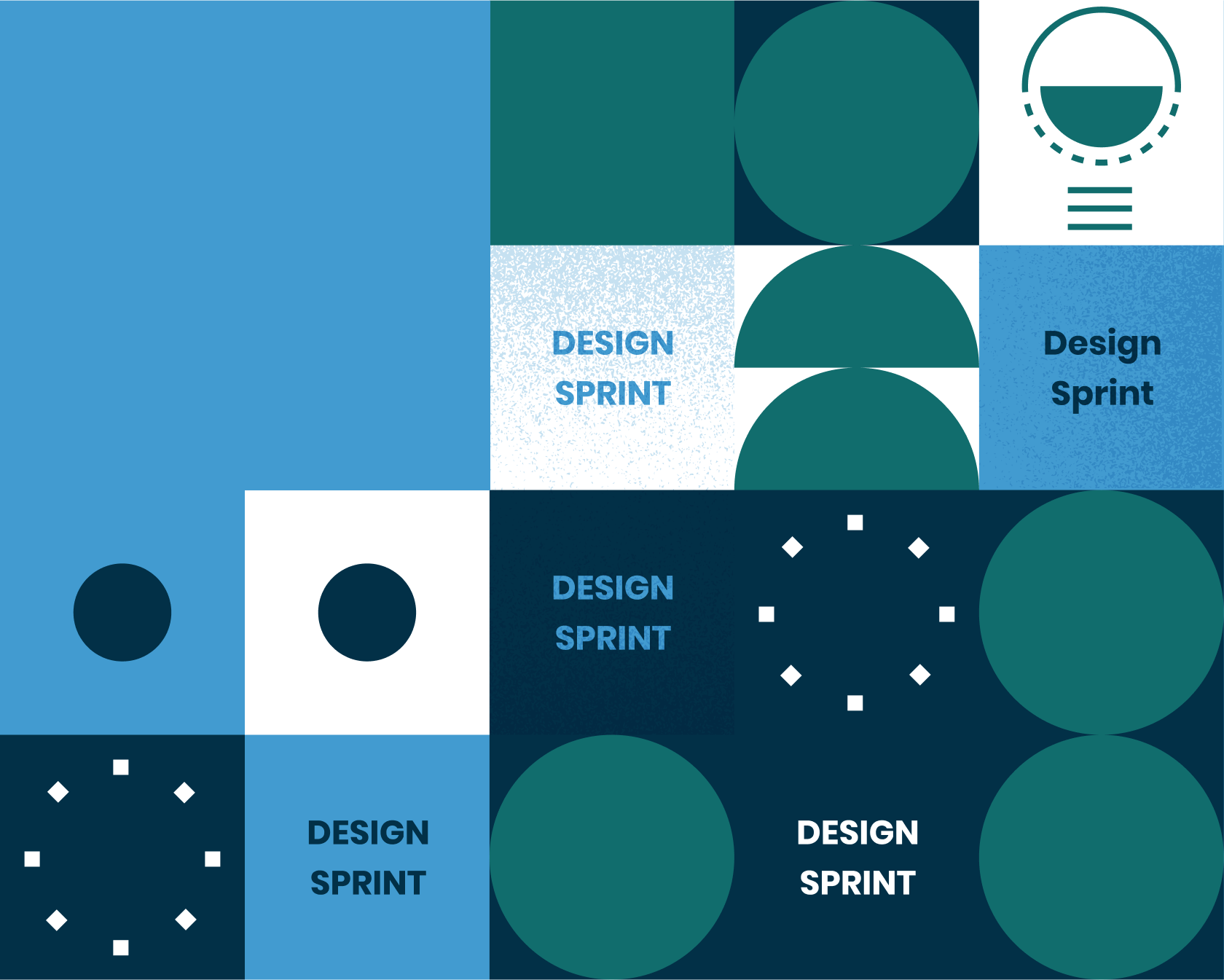
Explaining The Design Sprint workshops
Before the design sprint begins, make sure that all participants understand the process and how it can benefit the team. Keep explanations brief and to the point, using quotes from the creator of the sprint, Jake Knapp, to help illustrate the benefits of the process.
Do you believe people will come to the workshop and already know the whole thing? Show the process of designing a sprint. Tell me the way it can help your team. Keep explanations brief, sweet. Our favourite quote comes directly from the creator of Sprint itself, "Sprint is the first four-day process to solve key problems in the design process through prototype testing and testing."
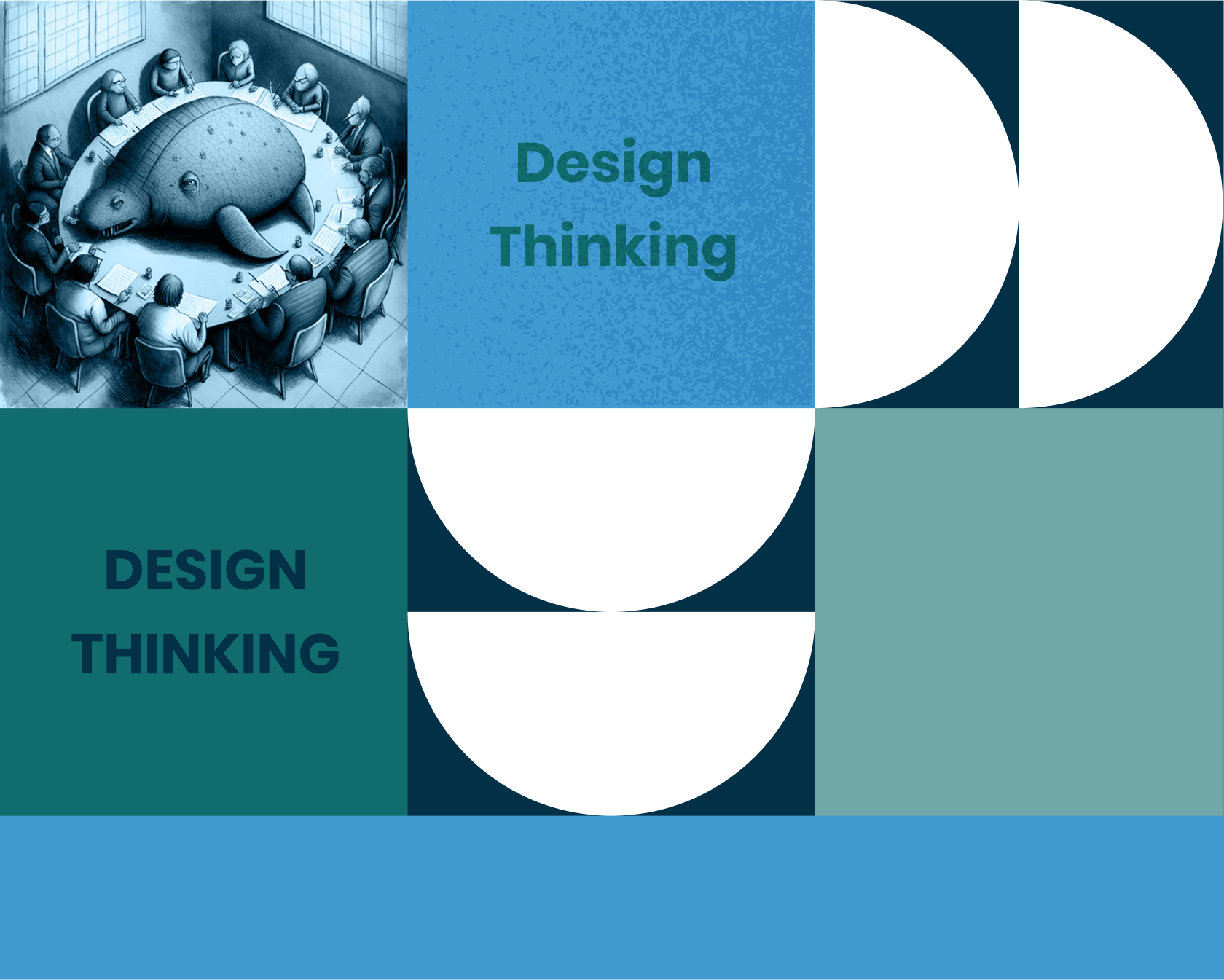
What is a design sprint?
The Design Sprint Framework offers steps to answer important questions with the aid of proto-type tests with the customer. The company has founder Jake Knapp, who started the company in 2010. Design Sprints are the most successful collection of great successes of strategy, innovative behavioral science, and design among others. The whole thing is organized step-by-step for each team. Design Sprint 2 has been adapted by the Sprint team after hundreds of Sprints to improve performance.

Step-by-step tasks for each day of the design sprint
As we know, every day the Sprint contains some important issues. It lists all steps and tasks along with helpful tips to facilitate the session. Hopefully a basic overview of the Sprint Book by Jake Knapp will help. It might seem confusing when you don't research Sprint. There isn't an exhaustive guide to this complicated process, so start learning before attempting the Sprint. We aren't singing praise, however we believe that Design Sprints are best preparations for a Design Sprint.
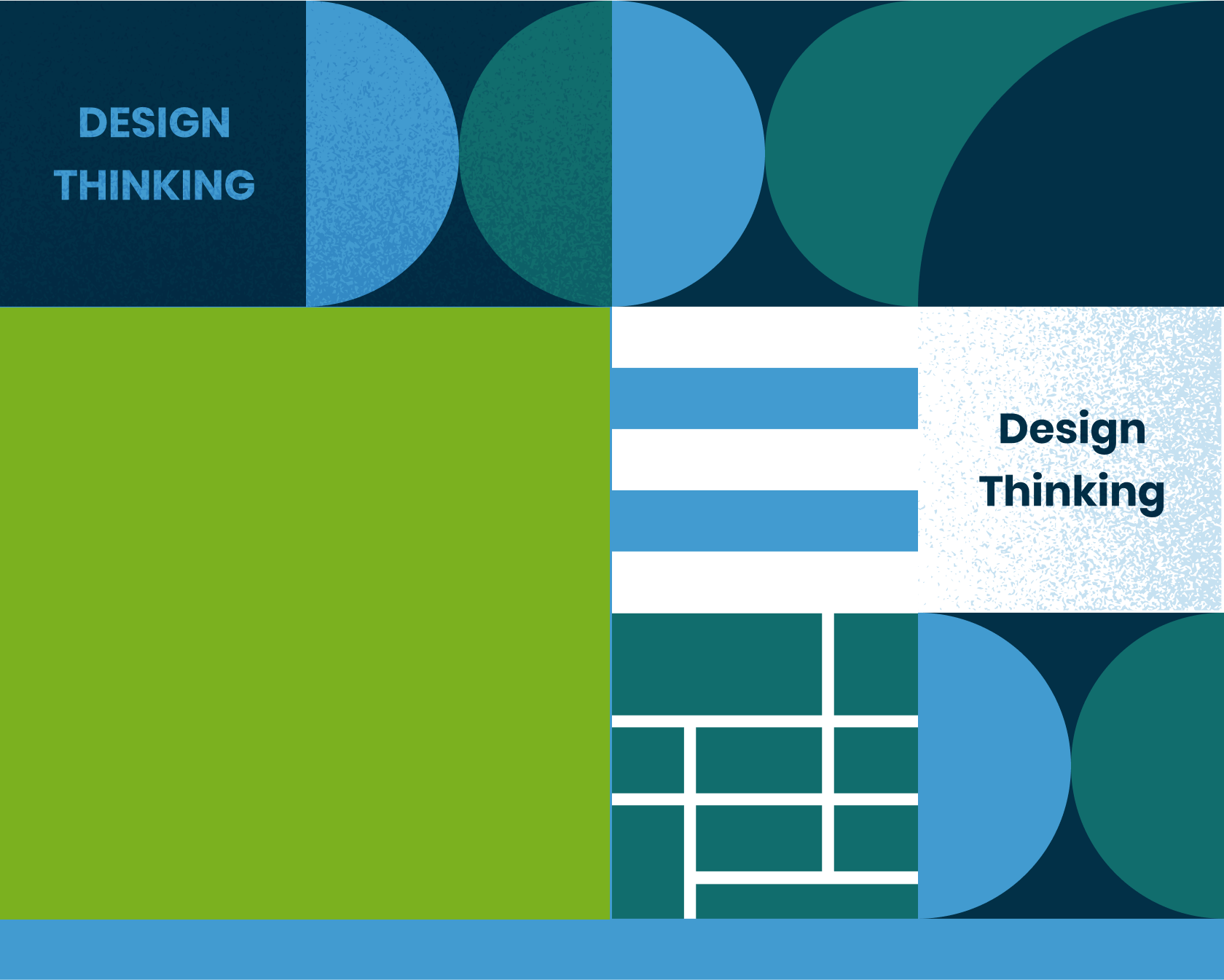
Monday's agenda
Starting Monday to prepare for bed. Get everything in place and check with your tech. When people enter, greet them and let them know how comfortable they'll be. Ice Break: Write out 'Me.' My name, my responsibilities and my wishes for this sprint are. After everybody finishes reading the introduction, give everyone a short summary. Give them the facts about you and what your passion is. Introduce a decision maker role and its implications. Stress on a ban on cell phone use. From this point on, show a list of activities of the day. Session1: Define the Challenges. Session2: Product Solution. So you've completed day one.
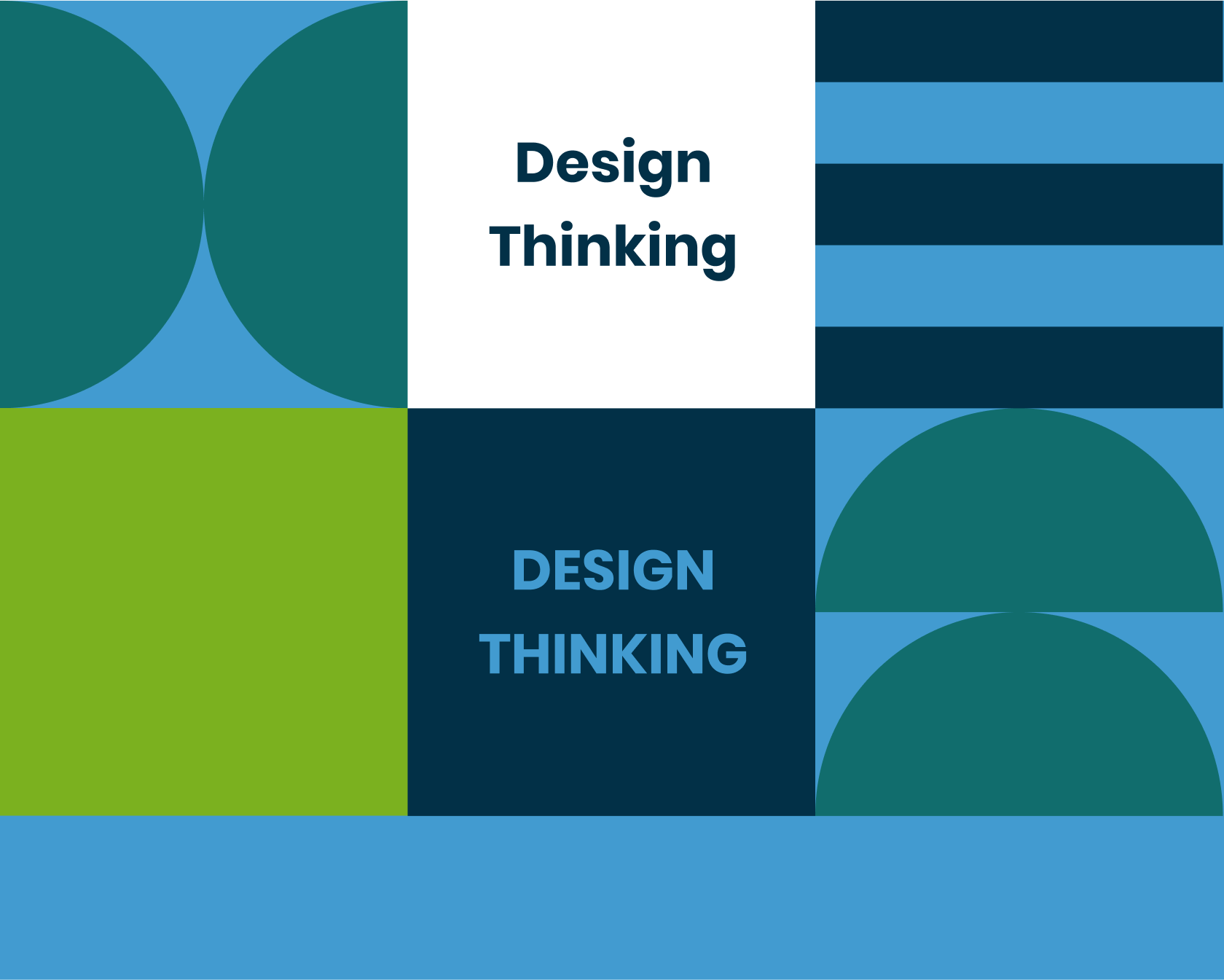
Tuesday's agenda
The momentum will build by day 2. Summarize what we learned from our team today. Tell participants how important it is to find a clear and effective plan of action, and then create it in a clear and streamlined format. Vote is a compilation of heat maps of opinion. Sessions 1: Determine a solution and Sessions 2: Storyboards.
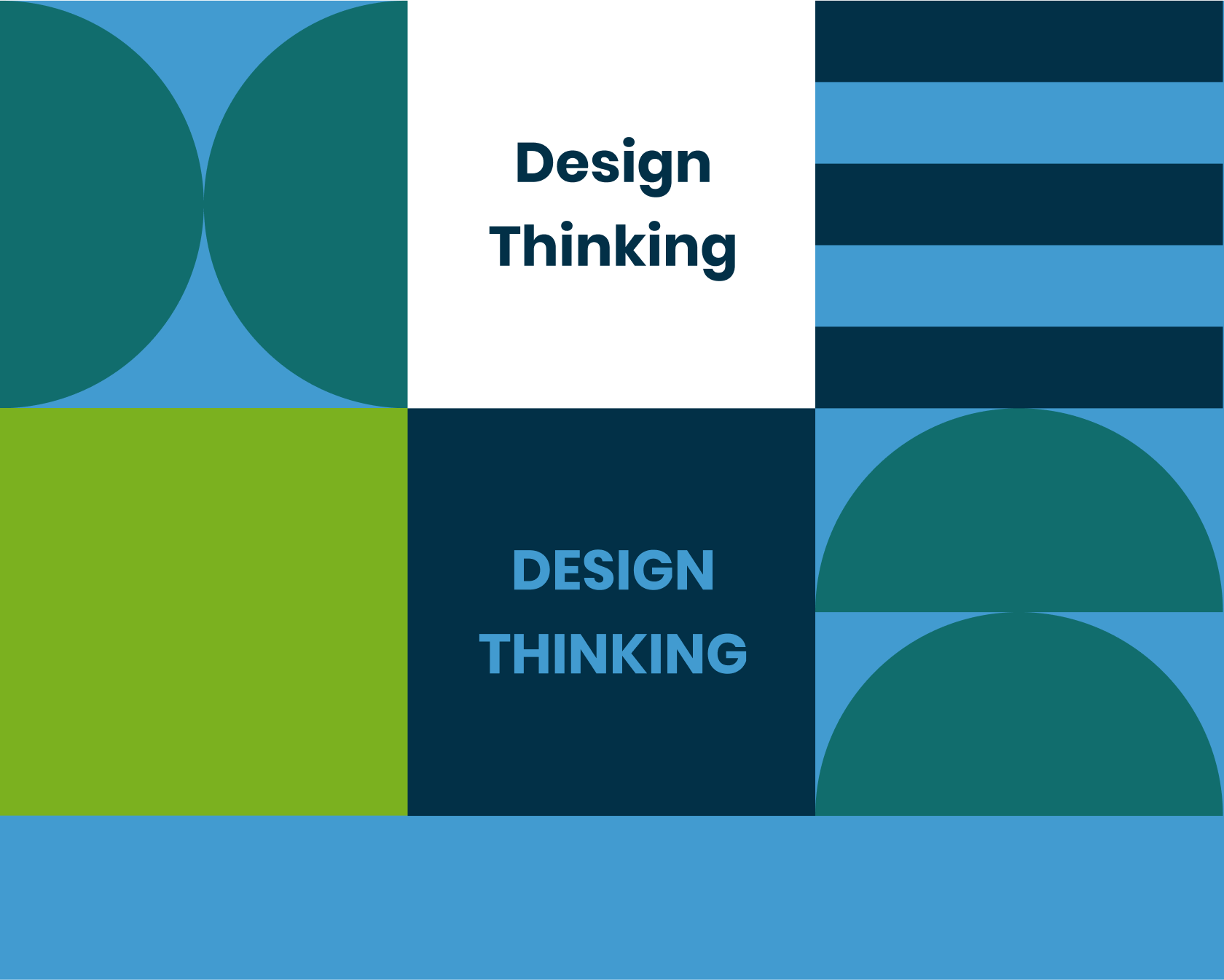
Wednesday's agenda
Starting this week with some of the biggest achievements of the day for the group. Tell the crew that day three is about developing an effective prototype. It does not make sense for an elegantly crafted product. No worry about a professional logo or user -ability. It needs some realisation by the user, but that is it. Facilitating organizations need to ensure the appropriate use of time and unnecessary things like the perfect logo and colours should not be done. Below are two kinds of prototyping which will depend largely on the purpose of the project. Digital prototyping software tools for digital prototyping.
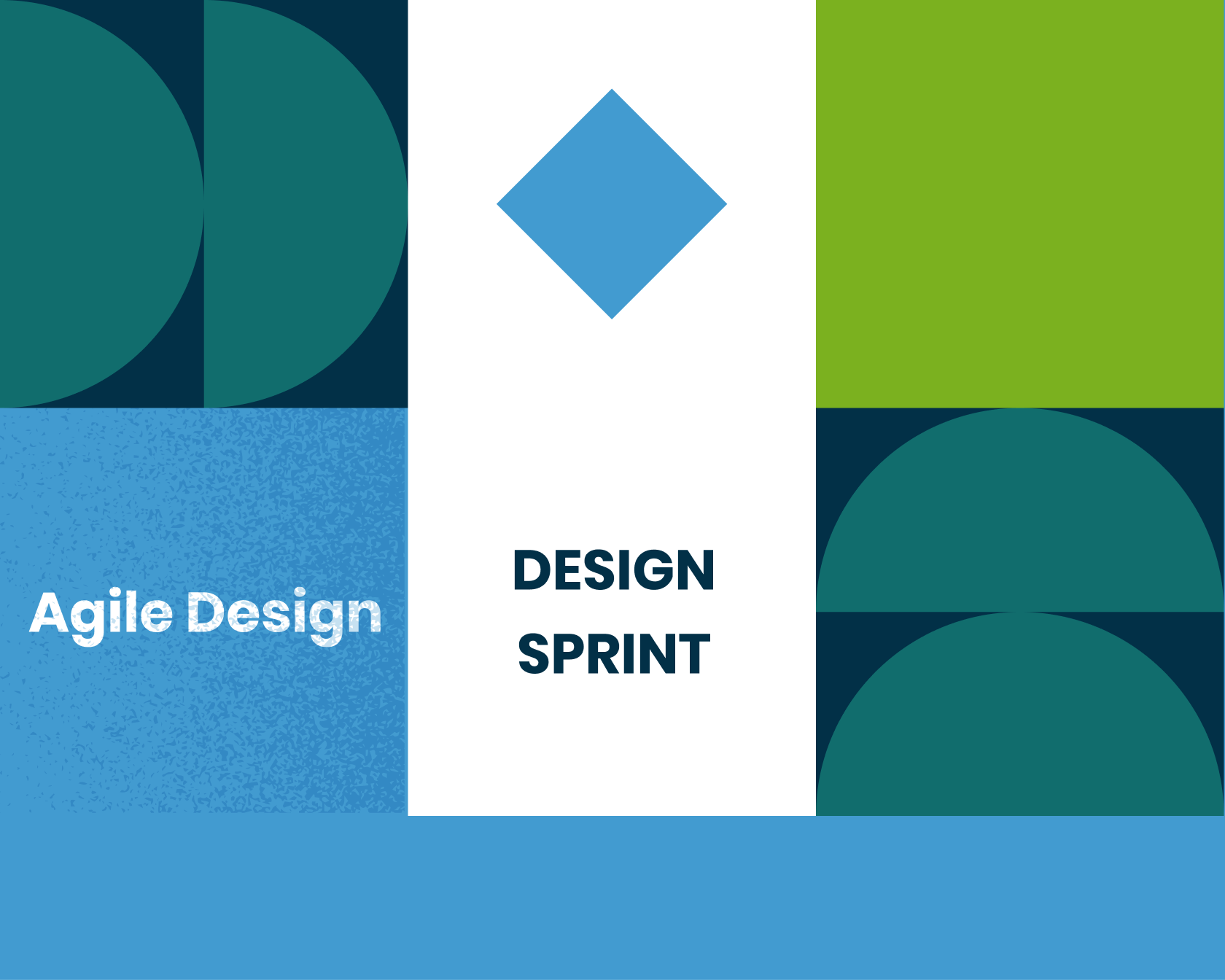
Thursday's agenda
Day four was testing day. Start your day by reviewing Day 3 then confirming your day schedules. This morning we have an interview with the users you've recruited and we'll do some brain-dumps on what you discover. You'll be ready to answer all your Sprint-related questions and be fully geared to accomplish this goal. Tests. Brain dump.
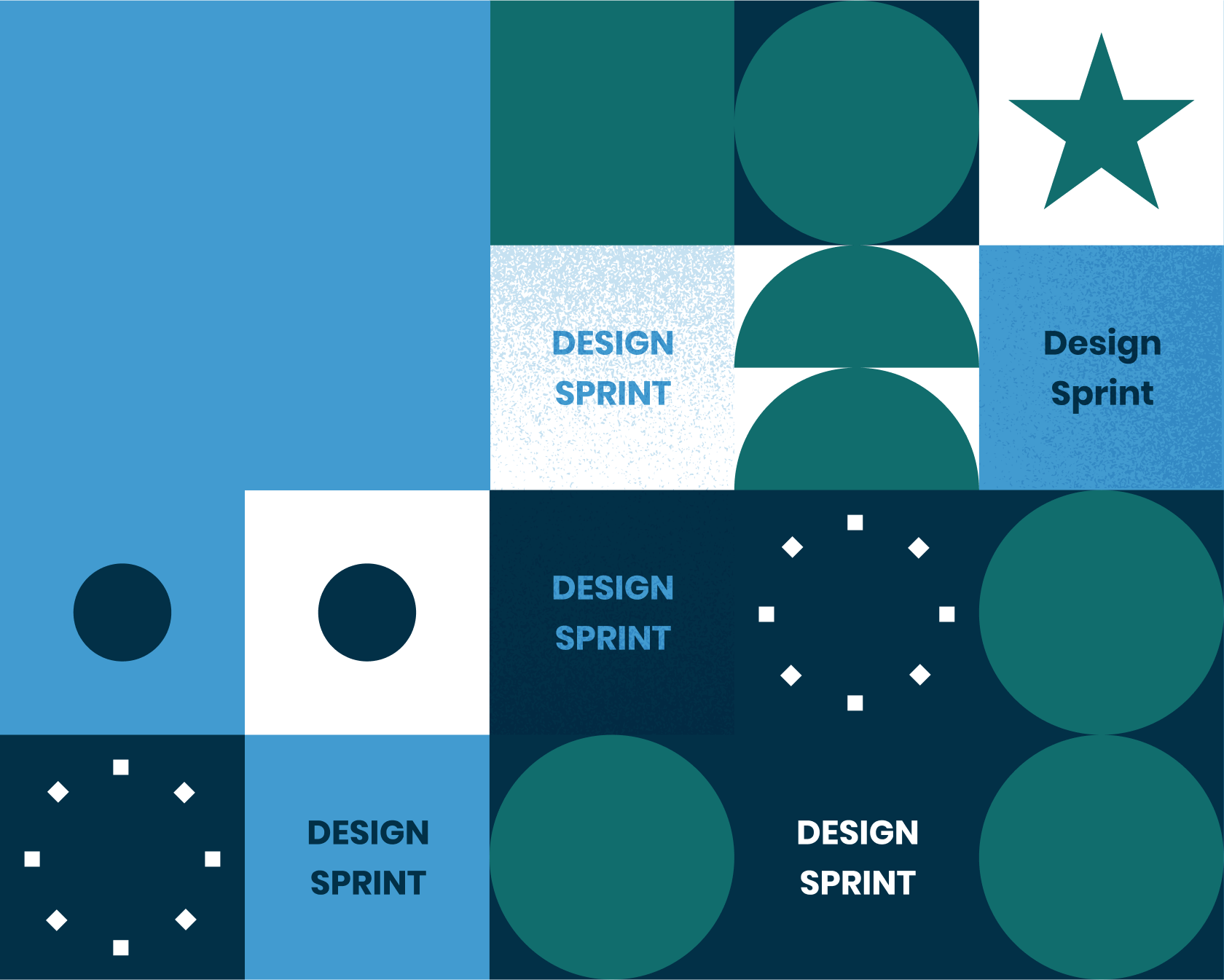
Design Sprint Needs Assessment and Selling It
I know, the selling process is tough. Obviously it doesn't seem your thing or maybe the company isn't keen on testing a better approach to their work, or perhaps it was never done before. Having a Sprint a successful outcome is crucial. And if it's not, you've been constantly dealing with skepticism. What is an effective marketing plan for Sprints? Thank you so much for asking. This is one example of convincing direct teams that this video will work:
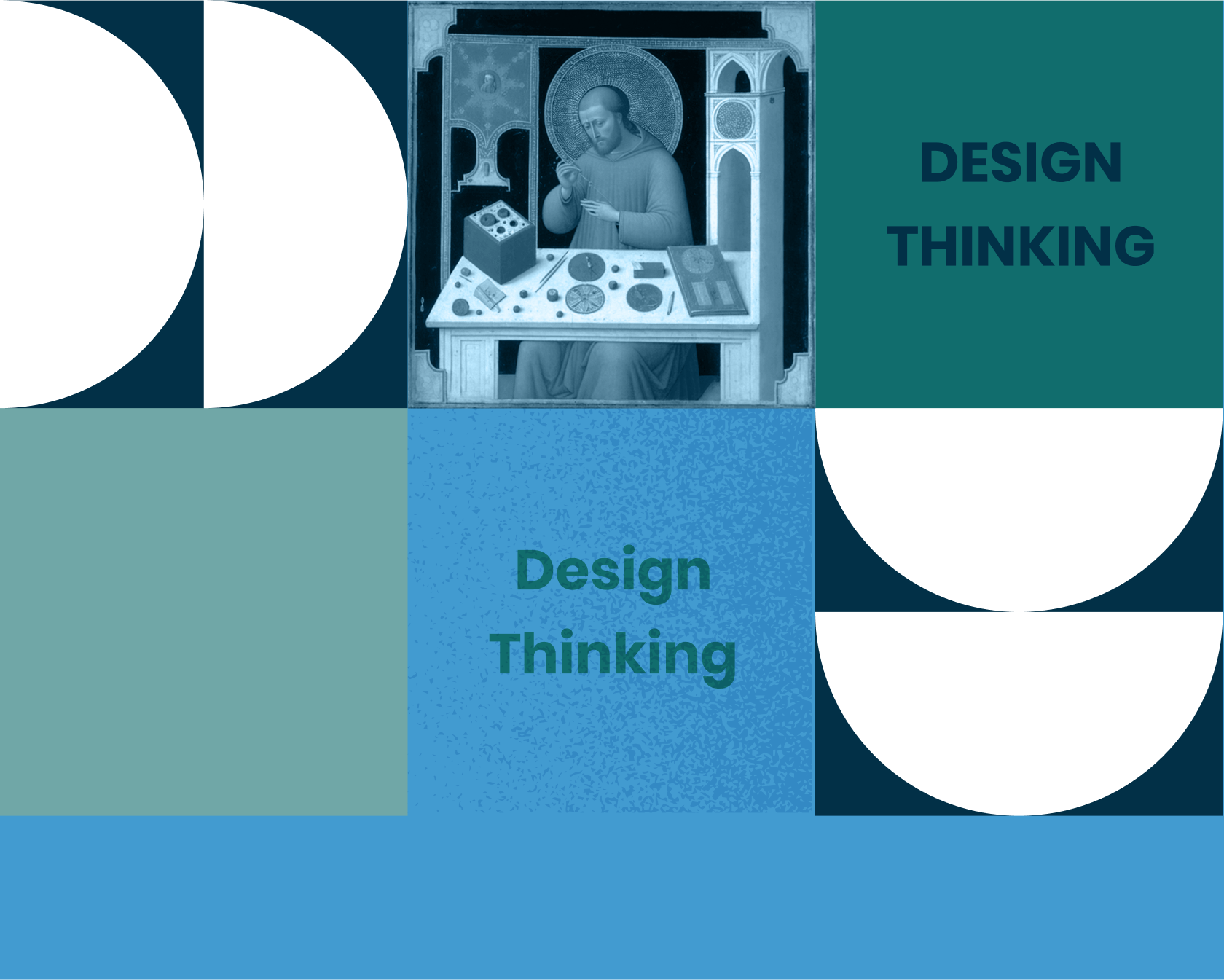
Crucial Conversations And Research before the Design Sprint
Before the design sprint, there are crucial discussions between key stakeholders and you need to coordinate the correct parties for this. Before Sprinting, a lot of research needs to be carried out to ensure that you achieve your goal. You can complete the task again on any given Sprint day. You should start with this idea first. Yes, these may evolve over a Sprint but it helps by putting a little thought into the different projects.
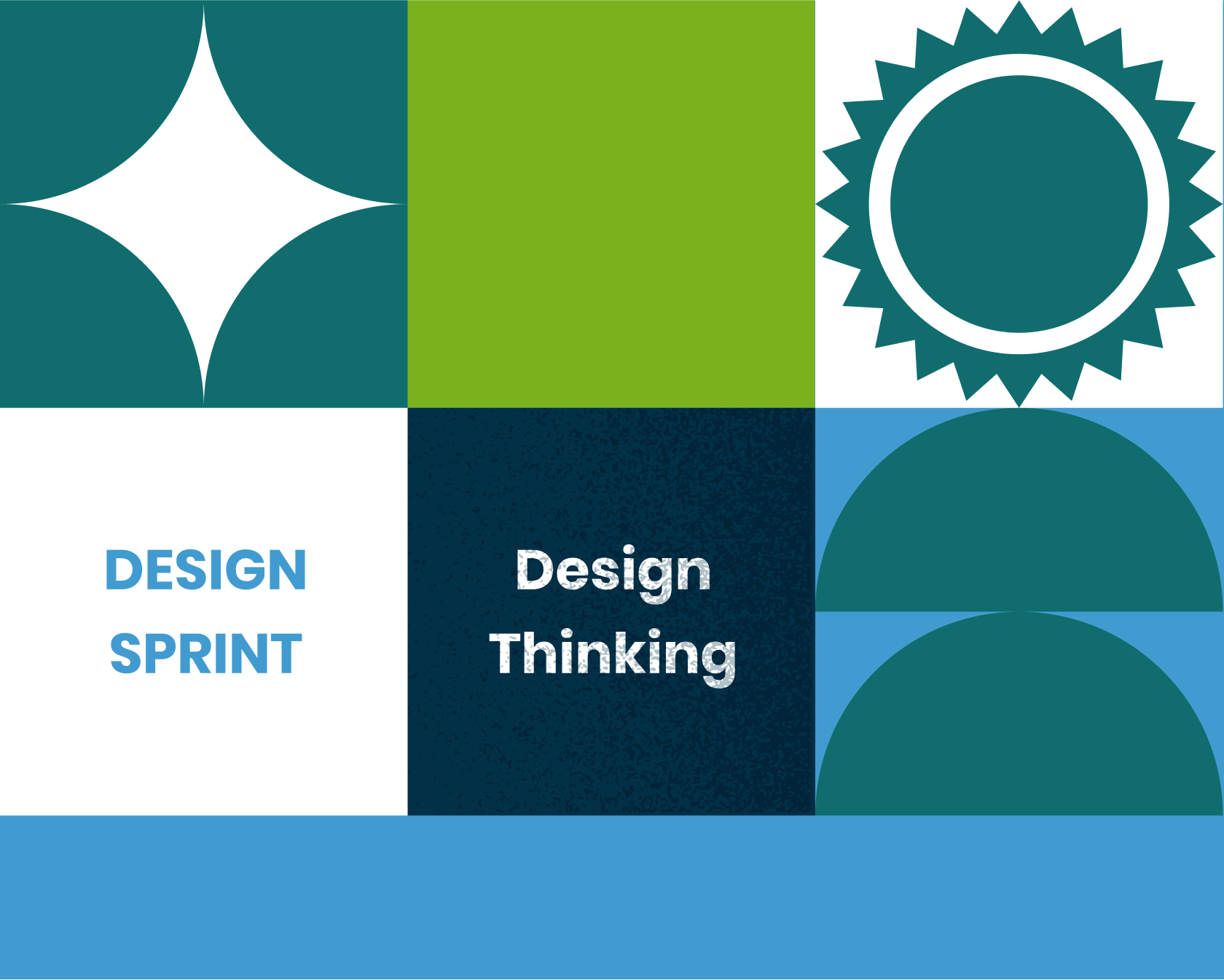
Monday
Tuesdays structured talks set the agenda for Sprint Week. The morning starts with an agreed goal. Afterwards you can draw an outline for this challenge. After lunch, you'll get in touch with a consultant who knows everything. Finally you choose your target: a big and manageable problem you should solve in a week.
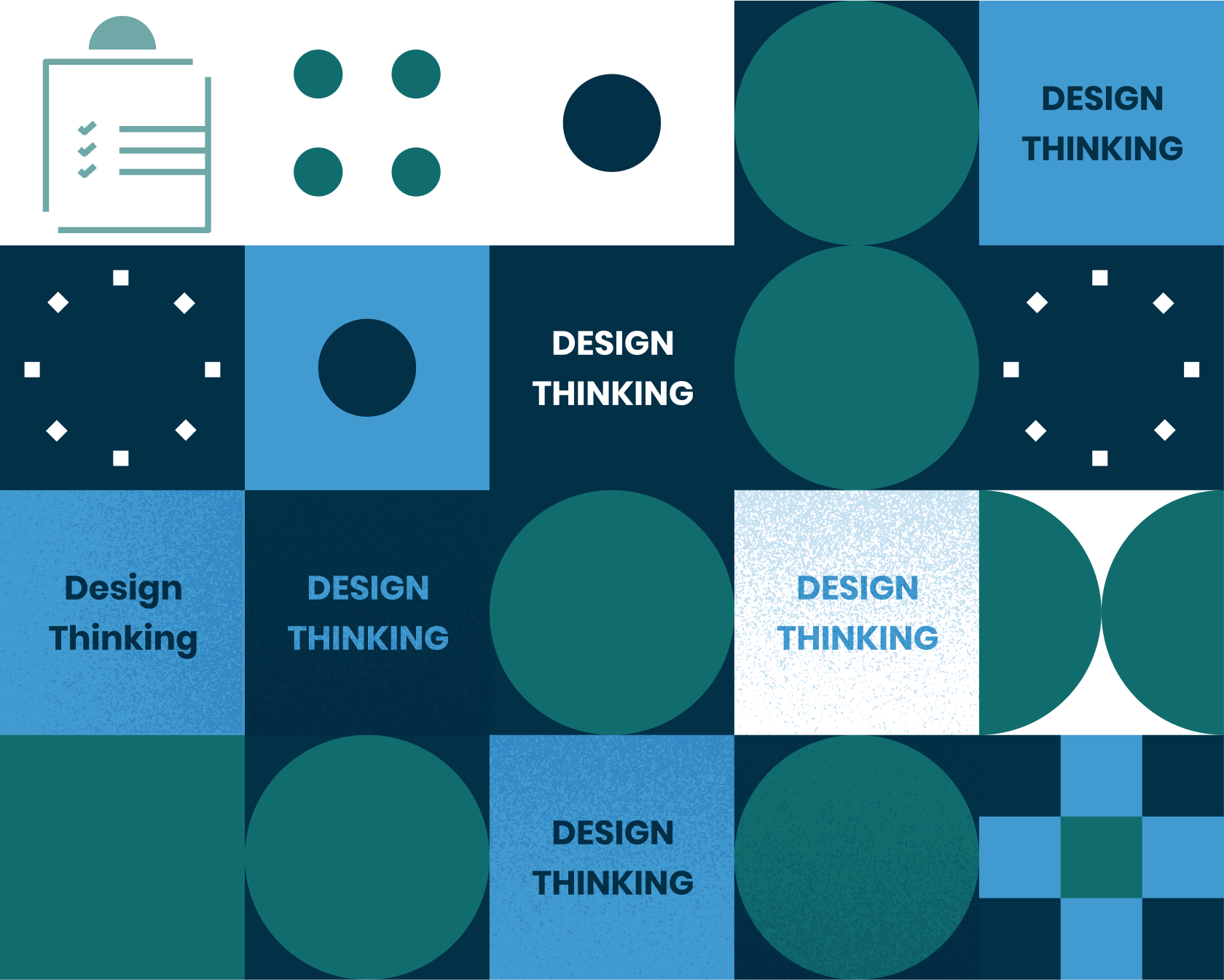
Tuesday
After an hour and half of learning the solution you want to take to your first sprint, on Tuesday the solution will come to the forefront. It starts by examining existing ideas and improving those. Then in the afternoon each person sketches in three steps, focusing more on critical thinking rather than art. You can start a customer-based recruitment program Friday to recruit a customer that meets your criteria.
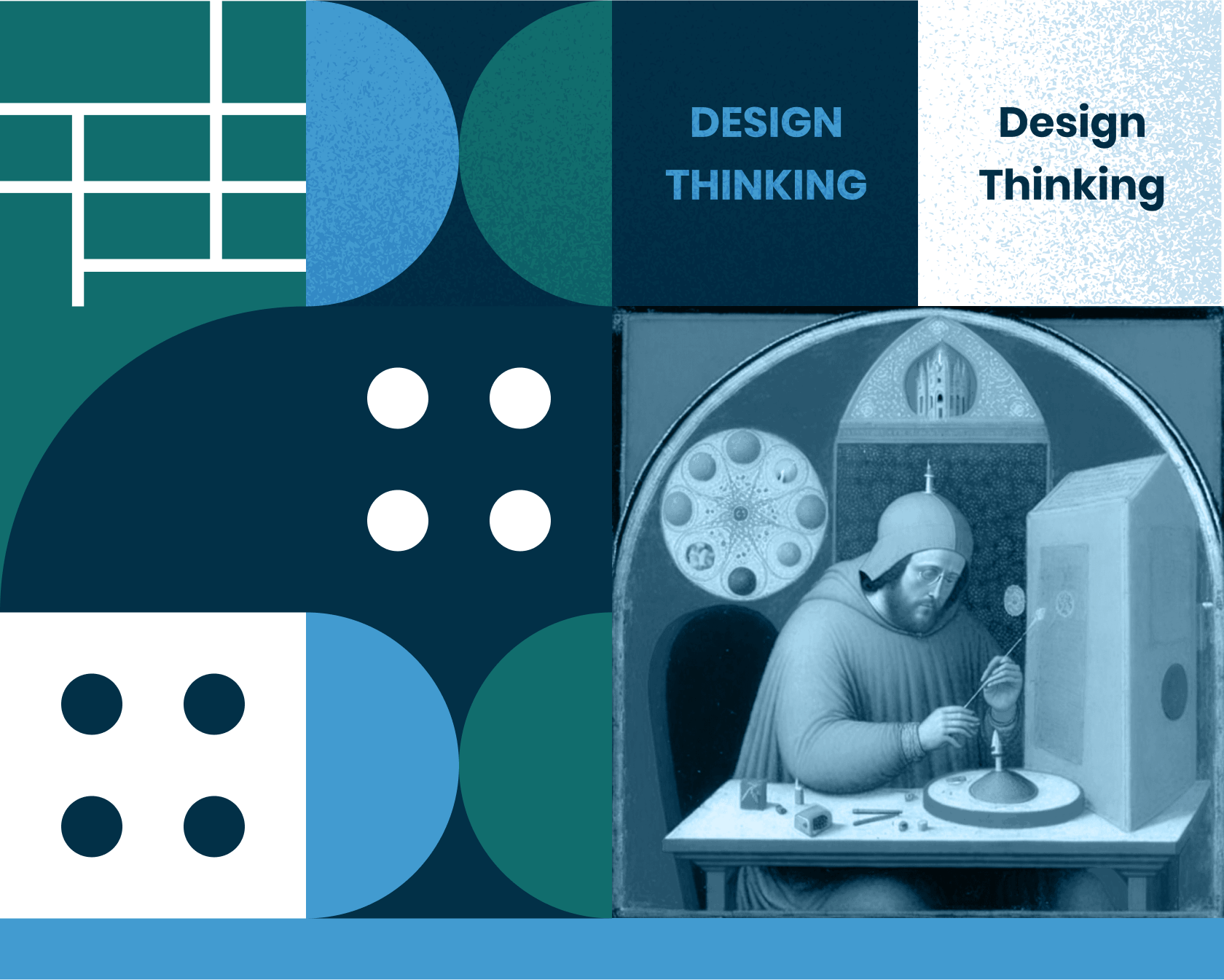
Wednesday
By Monday, everyone will have their own solution. This is great, but also an issue. There is no way to test everything, you have to have some good plans. In the morning, you will review the solutions and find those with the best possible chances of getting there. Upon the afternoon you can take the winning scenes from your sketch and weave it in to your story board.
It sounds like you have a tight deadline for reviewing and testing different solutions for a project, and that you want to focus on those with the highest chances of success. It is important to prioritize and focus on the most promising solutions in order to make the most of your time and resources.
Once you have identified the winning solutions, you can incorporate them into your storyboard to create a cohesive plan for moving forward. This process of review and refinement can help you to refine your ideas and ensure that you are working towards the best possible outcome.
Overall, it is important to stay organized and focused when working on a project with tight deadlines. By staying on track and continuously reviewing and refining your plans, you can increase your chances of success and achieve your goals.

Thursday
On Thursday, the focus of a design sprint is typically on testing and refining the prototype that has been developed during the earlier stages of the sprint. This may involve conducting user interviews or usability tests to collect feedback on the prototype, and analyzing and synthesizing the feedback to identify areas for improvement. The team may also spend time making changes to the prototype based on the insights gained from consumer research.
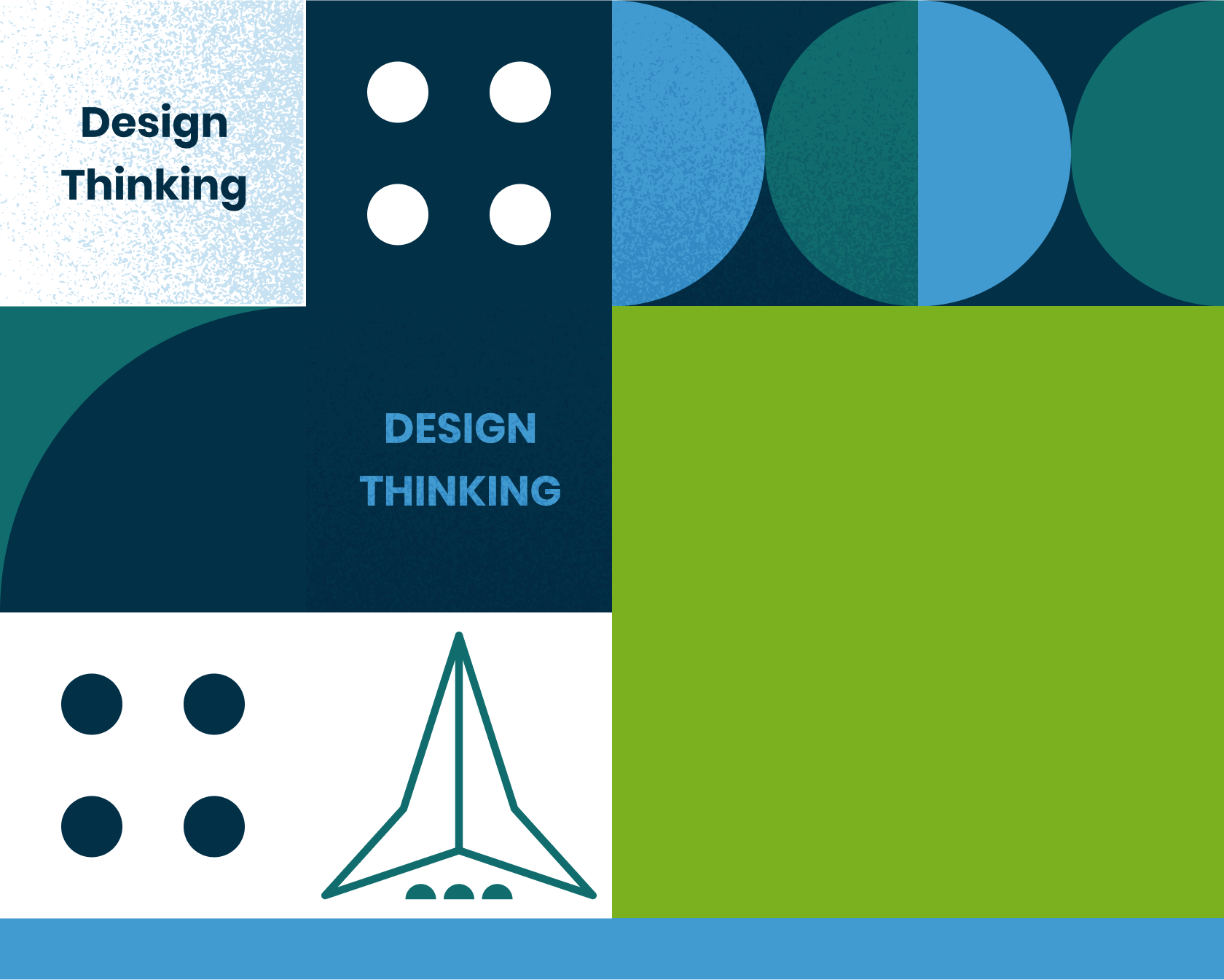
Friday
On Friday, the team will typically present their findings and the refined prototype to the rest of the organization, highlighting the key insights and next steps. This may involve preparing a presentation or report to share the results of the design sprint, and discussing the plan for moving forward with the project. The goal of Friday is to wrap up the design sprint and ensure that everyone is on the same page about the following steps for the project, including how to bring the big idea to life.

Roles & Responsibilities in Design Sprints
The design - sprint has multiple functions. Below are some of our best advice when selecting people for your dreams.
Design sprints are a structured approach for rapidly prototyping and testing ideas in order to solve complex problems and achieve business goals. In a design sprint, a small team works collaboratively to define the problem, generate ideas, prototype and test a solution, and iterate based on feedback. There are several key roles and responsibilities that are typically involved in a design sprint.
Facilitator: The facilitator is responsible for leading the design sprint method and keeping the team on track. They ensure that the team stays focused and follows the sprint schedule, and help to facilitate discussions and decision-making.
Designer: The designer is responsible for creating visual prototypes of the solution being tested in the sprint. They may work with a variety of design tools, such as sketching, wireframing, or prototyping software.
Researcher: The researcher is responsible for conducting customer research and gathering insights to inform the solution being developed in the sprint. This may involve conducting user interviews, usability tests, or other forms of research to understand the needs and behaviors of the target audience.
Prototyping Expert: The prototyping expert is responsible for creating functional prototypes of the solution being tested in the sprint. They may work with a variety of prototyping tools and techniques, such as coding, 3D printing, or physical modeling.
Subject Matter Expert: The subject matter expert is a domain specialist who brings in-depth knowledge and expertise to the design sprint. They may be a specialist in a particular industry, technology, or method, and can provide valuable insights and guidance to the team.
Stakeholder: Stakeholders are individuals or groups who have a vested interest in the outcome of the design sprint. They may be senior leaders, customers, or other key stakeholders within the organization. Stakeholders may participate in the sprint by providing input and feedback, or by helping to define the problem being addressed.
In a design sprint, it is important for all team members to work collaboratively and share responsibility for the success of the process. By working together and leveraging the expertise of each team member, the team can quickly prototype and test ideas, gather feedback, and iterate on the solution to achieve the desired outcome.
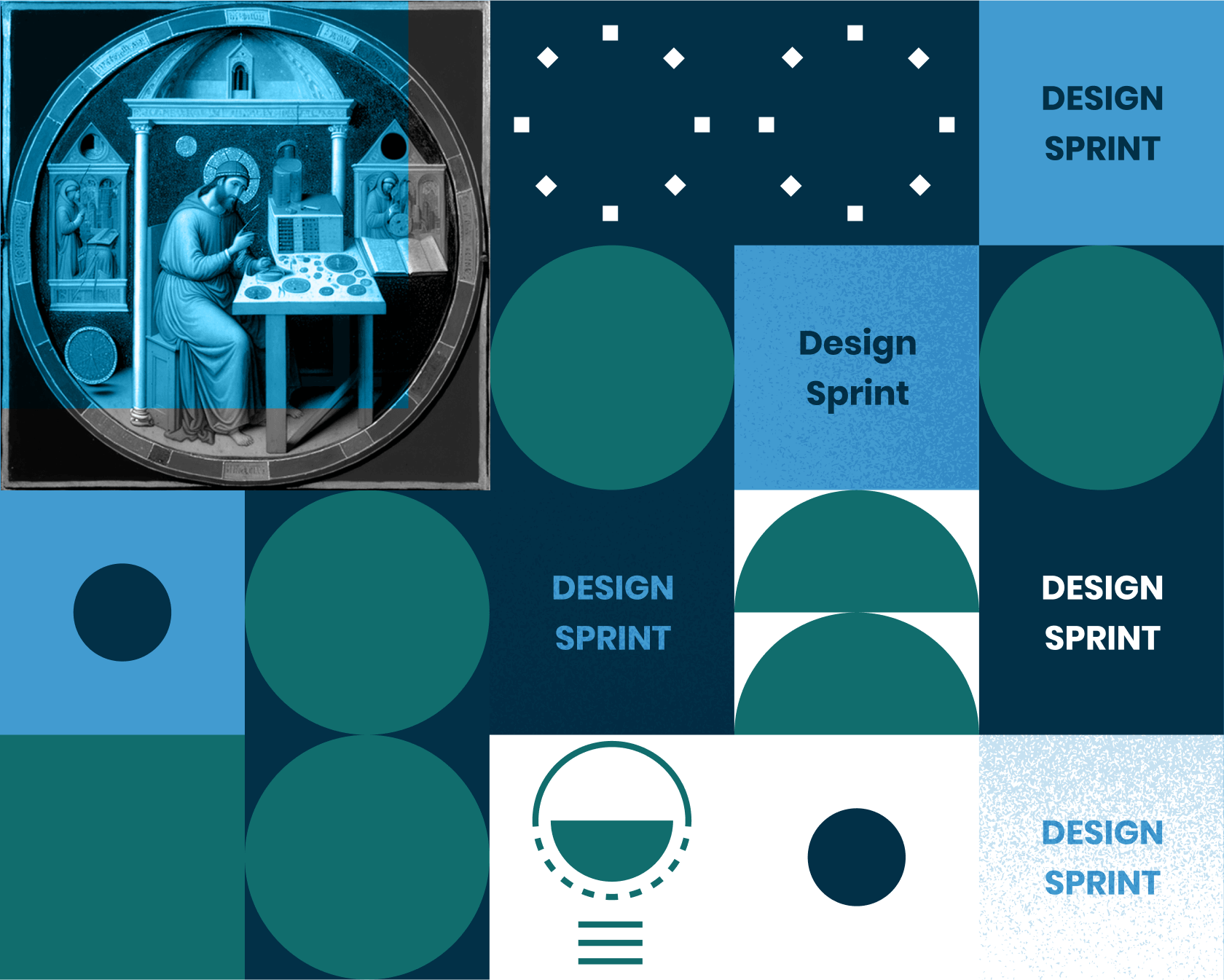
Conclusion
Design sprints are a powerful tool for rapidly prototyping and testing ideas in order to solve complex problems and achieve business goals. By bringing together a diverse team of experts and stakeholders, and following a structured procedure for defining the problem, generating ideas, prototyping and testing a solution, and iterating based on feedback, organizations can quickly identify and validate solutions that meet the needs of their customers and stakeholders. The design sprint process emphasizes a user-centric approach, and encourages teams to empathize with their customers, gather insights, and stimulate free thinking in order to come up with the best possible solutions.
In order to run successful design sprints, it is important for groups to have a clear understanding of the design sprint cycle and the roles and responsibilities of each team member. The facilitator plays a critical role in leading the design sprint process and keeping the team on track, while the designer is responsible for creating visual prototypes and the researcher conducts customer research and gathers insights. The prototyping expert creates functional prototypes, and the subject matter expert brings in-depth knowledge and expertise to the team. Stakeholders, who have a vested interest in the outcome of the design sprint, may participate by providing input and feedback or helping to define the problem being addressed.
By following a design sprint methodology, teams can rapidly progress and define key questions in order to develop a business strategy and solve critical business problems. Through customer research and testing, teams can explore a range of solutions and gather feedback in order to identify the best course of action. The design sprint process is a strictly linear process, with a series of distinct phases that guide teams through the process of solving complex problems. During the empathize phase, teams gather insights and understand the needs and behaviors of their customers. In the define phase, they define the problem and generate ideas. In the prototype phase, they create prototypes of the solution and test them with users. Finally, in the test phase, teams gather feedback and iterate on the solution in order to arrive at the intended solution.
Overall, design sprints are an effective way for organizations to drive innovation and solve complex problems in a short period of time. By leveraging the power of design thinking and collaboration, design teams can create value for their customers and stakeholders and achieve their business goals.
